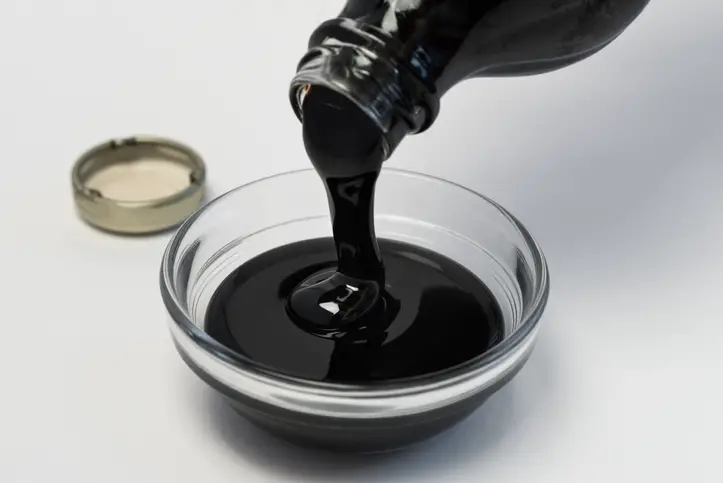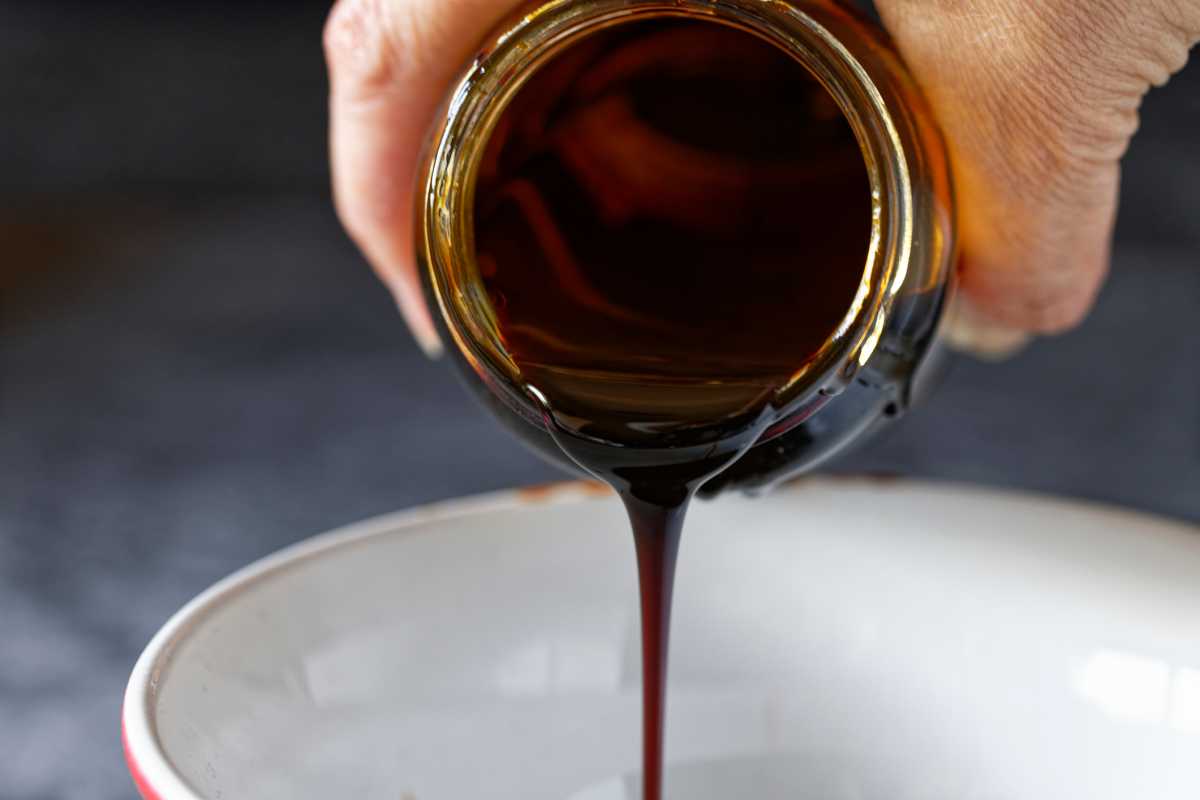Molasses use during flush is shrouded in mystery and misinformation. Most growers agree that flushing is to help the plant to utilize the nutrients in its reserves, as opposed to absorbing them from the roots. It is done in a bid to remove extra nutes so that the buds become cleaner and smoother.
But using molasses isn’t a new technique. Molasses is rich in magnesium, calcium, and selenium, among other nutrients. It is also rich in sugars that make the taste of your buds better and spur the fattening of the buds, but not how you think it does.
But what does it mean to use it when you should deny the plant extra nutrients? When flushing, don’t you just want to make the buds smoother? Well, it turns out, there is more to molasses than the essential nutrients it homes.
Can You Use Molasses During Flush?
You can use molasses during flush because it will rekindle microorganism activity at the roots of the plant. The microorganisms will feed on the clogged-up salts and extra sugars from the plant, making the buds smoother and more potent.
However, you will enjoy the benefits of using molasses when you begin using it earlier. If you haven’t used it throughout the growth process, introducing it during the flush might not give you the desired effects.
During the last two weeks, the plant has done all the growing, and the buds have fattened. Adding molasses at the last stages means the plant won’t have enough time to utilize them, but they help enrich the buds by invigorating microbe activity.
As the plant moves closer to senescence, it utilizes all its sugars and starves the microbes in the roots. Thus, at flushing, microbes that could help break down nutrients for the plant will mostly be inactive.
Flushing with molasses gives them the sugars that raise them from their inactivity and spurs nutrient synthesis at the roots. The microbes will ease the breakdown of build-up salts and open up the roots for better airflow and absorption of water.
The process leads to better bud nurturing conditions, and the resultant buds will be richer, smell better, and have a smoother taste when you smoke them.
Molasses is primarily is used to feed the microorganism in the soil. Yes, it is rich in nutrients like calcium and selenium, but these are not for the direct absorption of the plant— they’re for the microbes.
Molasses helps to break down the soil composition by increasing microorganism content, moisture retention, and soil structure.
When you use molasses, you’re feeding the microorganism in the soil rather than feeding the plant. The plant benefits in a major way because microorganisms in the soil need the nutrients to finesse the weed’s taste, aroma, and potency.
The Benefit Of Using Molasses During Flush
Molasses is one of the soil-enriching techniques that can be used throughout the growth of the plant. Your plant can always benefit from improved microbe activity anytime during its growth cycle.
Here are some reasons why growers continue to use molasses during the flush;
Reducing salt buildup— After using nutrients for long, salts get accumulated on the plant’s roots. The medium also gets clogged with lumps of unused fertilizers. Using molasses during flush helps break down and remove these salts, thus improving the root environment.
Improving the aroma of your buds— Molasses helps improve terpene production and thus enriches the aroma and taste of your buds. Terpene production directly influences the overall weed experience—the more the terpenes, the better the buds.
Inhibits deficiencies— Molasses is rich in both macro and micronutrients. When you flush, the plant is forced to go back to its reserves, and the loss can be overwhelming depending on your prior feeding practices. Molasses helps keep the plant’s nutrients supply in check— either by directly giving the extra nutes or improving the soil environment for better nutrient uptake.
Molasses use in cannabis growing is little understood. While you want to get the best out of it, you don’t want to risk losing your plants. I wrote a more in-depth article on whether too much molasses can hurt your plants, it should guide you to safe use.

Can You Use Molasses In Late Flowering?
Molasses can be used in late flowering because it improves soil’s microorganism content for efficient breakdown of nutrients. Molasses is the carbohydrates that microorganisms feed on; thus, the microorganisms multiply and catalyze the plant’s nutrient synthesis. The flowering cannabis plant benefits greatly since all the nutrients in its reserves are broken down, making the buds smoother.
Most growers will attest that the benefit of molasses is seen much at the flowering stage when the plant’s nutrient needs are high. Since it is organic, using it during late flowering doesn’t stress your plant when the dose is within a suitable range.
However, not all molasses are made equal. When you use the wrong molasses, it can reduce the plant’s activity and affect the yields.
You need to know the types of molasses before you use them. There are two; sulfured and unsulphured molasses. While both contain Sulphur, they affect the plant differently.
The sulfured molasses contains Sulphur dioxide, which is rich in antimicrobial properties. Thus, when you use sulfured molasses, you end up killing the microorganisms you ought to be feeding.
Unsulfured molasses contains Sulphur, a nutrient that the microbes feed on, but lack the Sulphur dioxide that kills them. It can thus feed the microorganism without killing them. It is the type you need to reap big from the technique.
Get organic molasses from the supermarket. It might seem expensive, but it will do your plants good. If you find it too pricey, you can always get molasses meant of commercial agriculture in major garden stores. This kind of molasses works well for cannabis at any stage of growth.
RELATED READ: How to Fatten Up Buds Before Harvest
When To Stop Using Molasses For Cannabis
You can use molasses until the last stages of flowering. You can stop during the dark hours before harvest because the plant’s metabolism slows when the lights are off. The easiest point in the plant’s growth to know when to stop using molasses for cannabis is when you stop flushing.
Once you stop flushing, there isn’t much left for the plant. Adding molasses won’t help much.
Though gurus agree that molasses is more beneficial to the microorganisms in the roots than the plant, molasses is known to sweeten the weed’s taste.
In conclusion, using molasses during flowering is beneficial for your plants. During flowering, the plant needs lots of nutrients to facilitate its many activities and spur the bud’s growth. During flush, you can use organic molasses to increase microorganism content, improve moisture content, and enhance the bud’s taste and aroma.
External references:
- https://www.zamnesia.com/blog-molasses-and-cannabis-taking-your-soil-to-the-next-level-n352
- True Living Organics by The Rev
- Marijuana Horticulture Fundamentals

